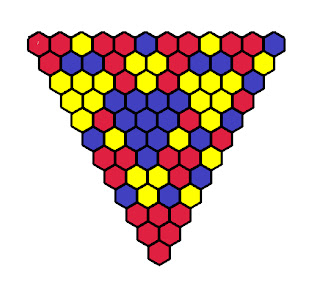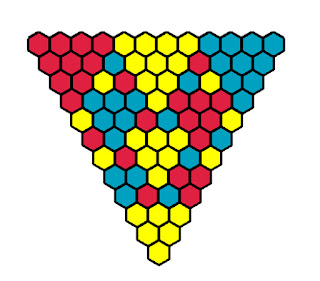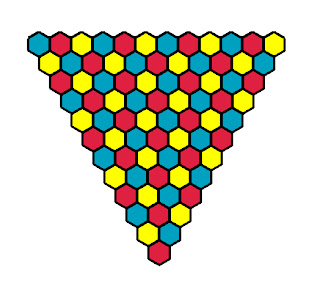Years 7, 8 and 9 have been working on some dynamic symmetry problems. These are exemplified by the videos below. The task is quite simply described but less simply achieved..... 'Can you make the following animations using dynamic geometry? ( See the following links for more details... Kaleidoscope, Animated Questions for a discussion on these ideas and 'One Question Lessons' for more thoughts on this type of lesson.)
The activity ticks a lot of boxes,
- The task is easily understood,
- Students really want to have a go because they want to make these really cool animations,
- As they work and try things out, they can see straight away if they have achieved what they set out to do. As such, they are getting instant regular feedback on what they have done. they then refine each time trying to get closer to the stated aim.
- In doing the above, students have to reason with each other and articulate mathematical definitions of what they think is going on, of what properties give rise to what behaviours. these are the sort of conversations that make me as a maths teacher delighted and they are very productive for students!
The end results are very pleasing indeed, both in terms of what students produce, but perhaps more importantly in terms of what exploration and discovery they have done together.
For the ambitious, we can then move on to this combination of rotation and reflection!
Older pupils, perhaps in year 9 or above might get interested in this great problem!! Watch carefully to see if you can figure out how this was made! there are lots of surprises in this one. See Dr Who for more details!
Students might go on to making some of the fabulous designs on show with this task - Olympic Logos
Our provision for technology opens lots of doors for us here in Toulouse! Firstly the ease with which we can have a go at these types of tasks and secondly, our choice of media for students to work in. Below are some of the videos that students created whilst doing this task!....



















































